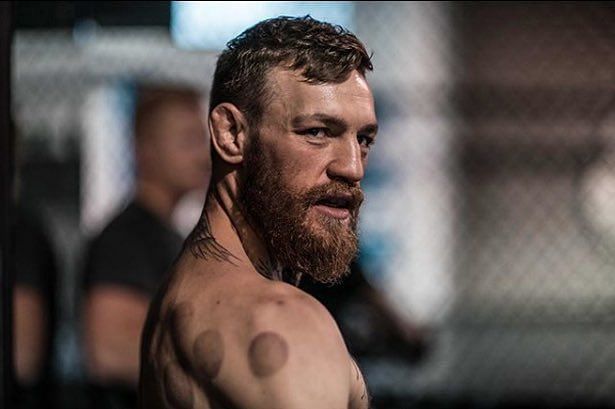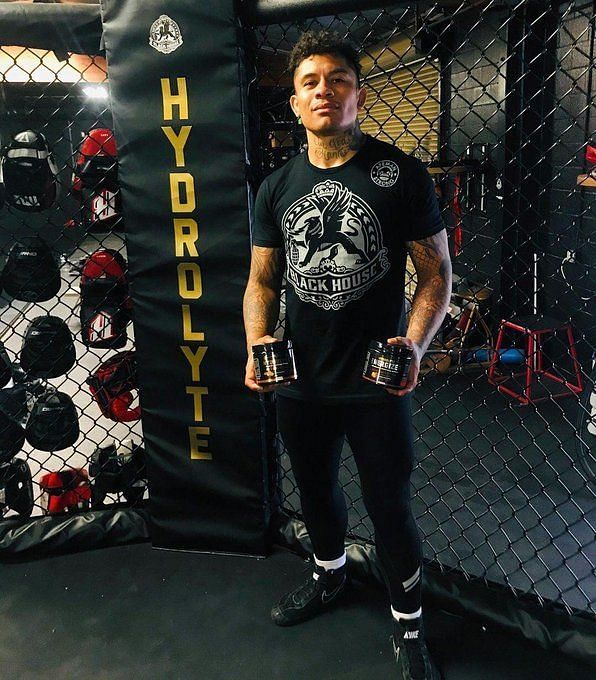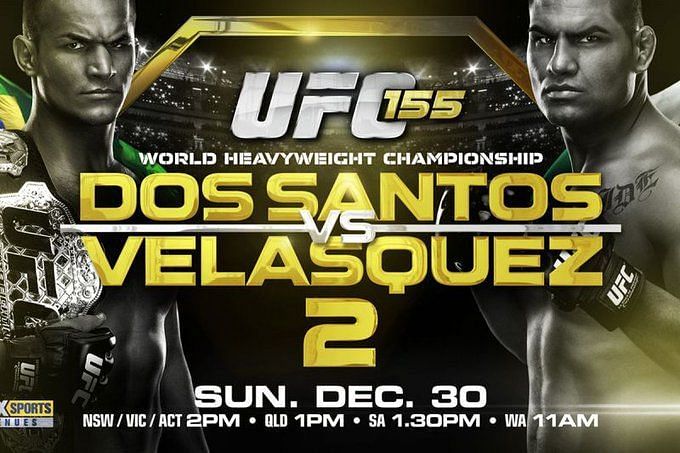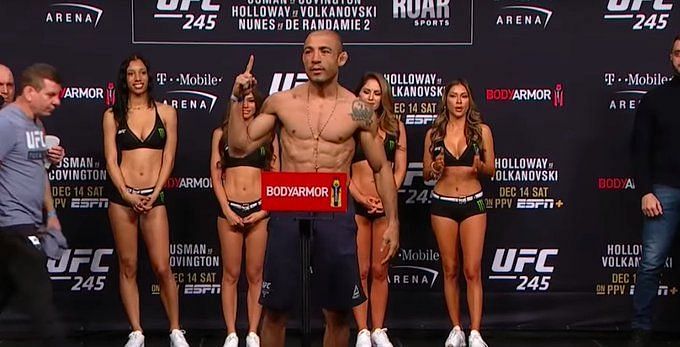
MMA Training: How to recover after an intense training session like a UFC Pro fighter
MMA training is one of the most important aspects of the sport. Countless MMA fighters dream of one day making it into the UFC, where the greatest prizes in the sport are found. To do so, fighters must undergo intensive training to be well-prepared for the high-level competition they'll encounter in the promotion.
However, it isn't just training that MMA fighters must be conscious of. They must also take the time to recover. Not only does doing so enable them to limit the wear-and-tear on their bodies from their demanding training sessions, but this also allows them to train more due to optimized recovery.
Whether it's a sparring session, strength training session or cardio circuit, MMA fighters must recover from them all lest they become injury-prone like former UFC heavyweight champion Cain Velasquez. So with that in mind, this list details five recovery methods used by high-level MMA fighters.
#5. Cupping therapy
Any MMA fan who has watched the UFC Embedded series ahead of any PPV event has seen one or two fighters with circular marks on their backs. These are the results of cupping therapy, which has been used by the likes of former UFC double champion Conor McGregor as a means of recovery after MMA training.
Cupping therapy helps promote recovery in numerous ways. First, it decompresses muscle tissue to speed up recovery from muscle soreness. Furthermore, it promotes improved blood circulation to reduce stiffness and inflammation.
MMA training demands agility and mobility from fighters, whether its due to footwork or kicking. This cupping therapy also loosens tight connective tissue, which is also important as it gives fighters a wider range of motion.
#4. Ice baths after MMA training
Yet another post-training form of recovery that MMA fighters have taken to, ice baths have joined cupping therapy in making the rounds in the UFC Embedded series. Several fighters like former heavyweight champion Junior dos Santos and one-time interim title challenger Kelvin Gastelum resort to this method of recovery.
After intense MMA training, fighters submerge themselves in a tub or small pool of very cold water filled with ice cubes to lower the temperature further. Only a fighter's head sits above the water as they allow the cold water to constrict their blood vessels, ultimately slowing down the flow of blood.
This helps by reducing swelling, inflammation and muscle soreness that would otherwise require far more time for fighters to recover from.
#3. Proper hydration after MMA training
Hydration is among the most important facets of recovery regarding MMA training. First, general MMA training requires hydration to replace the body fluids that fighters lose via sweating during training sessions. Sweating is a necessary evil as it helps keep the body cool during moments of strenuous physical activity.
But sweating also means that fighters lose their body fluids in the process. In order to recover, they must rehydrate themselves to make up for the fluids they lost sweating through their training sessions. This is especially the case when it comes to weight cutting, which is extremely difficult.
In the past, MMA fighters relied on IVs to rehydrate after weight cuts. Now, however, mixed martial artists must develop a broader rehydration system due to USADA's testing rules.
Thus, proper water intake along with other solutions designed to replenish lost fluids and electrolytes after weight cuts and hard MMA training is of great importance.
Fighters who don't rehydrate properly often suffer from the ill effects of poor weight cuts. Others don't even make it to their fights due to consequences like kidney issues, which former UFC women's featherweight champion Cris Cyborg can attest to.
#2. Avoid overtraining
While training hard is integral to ensuring that fighters are well-prepared for their bouts, that training cannot exceed a certain threshold of time. Recovery is just as important as training. Overtraining must be avoided as that is the point of diminishing returns. Without adequate rest, fighters become more injury prone.
It is more common to hear fighters blame their losses due to a lack of training. This was the case after Ryan Spann flatlined Dominick Cruz. In his post-fight interview, he explained away his previous losses as being due to not training seriously enough. This, however, is in contrast to what Junior dos Santos once said.
The former heavyweight titleholder is well-known for handing Cain Velasquez the latter's first-ever MMA loss. Prior to their first bout, the AKA product was unbeaten. Unfortunately, the pair's rematch did not go well for the Brazilian power-puncher, who suffered an extremely onesided loss.
Dos Santos claimed that his performance in the bout was due to rhabdomyolysis, a severe breakdown of his muscle fibers that he attributed to overtraining prior to the bout. Thus, to maximize one's MMA training, fighters must get adequate rest to recover from the rigors of sparring sessions, etc.
#1. Nutrition and dieting
The work that fighters do to prepare themselves for an MMA bout isn't exclusive to training sessions done in the gym and recovery from rest and adequate sleep. MMA training often entails ensuring that fighters are in optimal shape to not only fight but cut weight so that they may compete under their division.
Former UFC featherweight champion José Aldo famously struggled with weight cutting during his days as a 145'er. However, after securing the services of a nutritionist to help him manage his caloric intake while still consuming the nutrient-rich food needed for optimal performance, he improved.
He made a previously unthinkable weight cut to the bantamweight division and looked as good as he ever has. Eating lean meat, especially white meat like chicken, provides fighters with an ambundance of protein. Additionally, it provides fighters with the resources to accelerate their post-training recovery.




